Sometimes one just can’t sleep. A combination of excitement and fatigue keeps you awake to the point of exhaustion, when the only clear thoughts left are the ones about getting sleep; the one thing that invariably continues to elude you, the more you obsess over it. This is how I felt in anticipation of a recent trip to Sicily’s wine region.
I have always wanted to go to Sicily. I’d been fortunate to spend time in the Northern Italy, but not the South. Many claim that the true Italy begins in Rome. Anything north of Rome is far too influenced by the neighboring European countries, according to many Italians. The resulting melting pot of cultures, cuisines, and customs delude the area’s Italian heritage.
Eagerly anticipating my trip, I dreamed of noisy streets, vibrant colors, aggressively-flavored foods, full-bodied wines and wildly expressive, cheerful citizens. None of this turned out to be true. The reality of Sicily pointed in an entirely different direction. It is one of those places that draws you in for all the unexpected reasons.
Sicily is Italy’s largest island, kissed by three seas, the Ionian, Mediterranean, and Tyrrhenian. Known for its volcanoes, the island has been blessed by nature’s gracious largesse. It offers nature parks, beaches, caves, gorges, grottos, citrus orchards, olive groves, vineyards, volcanoes, unique urban and rural residential architecture – the possibilities are endless.
Food in Sicily is an art form, fueled by a passion for authentic, fresh flavors unmasked by anything extraneous. Fish dominates the culinary scene. The area is also known for its extraordinary array of cheeses, from mouth-melting ricotta, to fresh mozzarella to cave-aged goat cheese. The flavors are so intense that I watched a colleague have a “When Harry Met Sally” moment. I thought that mozzarella and ricotta from Veneto region were the best; that was before I tasted the Sicilian versions…
If one must cheat on their low-carb diet, it has to happen in Italy. Freshly baked breads from ancient grains, crispy carb morsels in all shapes and sizes, scrumptious rice croquets…and oh, those pastries…it all will make you swoon with delight.
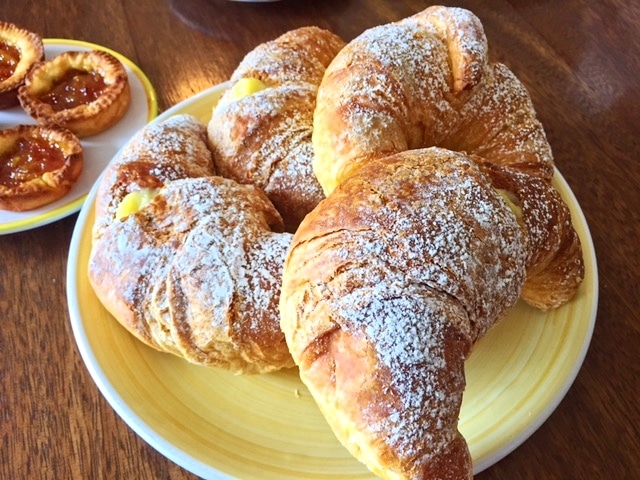
The enchanting historic city of Palermo stretches along the Tyrrhenian seafront, teasing the visitor with its array of hues, from saturated blue to emerald green, all in contrast with white sandy beaches. Some of the best snorkeling and scuba-diving can be found here. In addition, the area is home to several important archaeological sites. If you visit there, do not miss the farmer’s market. The smells, sights, and sounds provide a sensorial overload. The hot, dry climate causes everything to ripen fully, resulting in some of the best fruit and vegetables that you’ll ever taste.
The plane landed at a small picturesque airport in Palermo. The landscape glowed under blindingly bright sunlight and a giant mountain range loomed in the background.
On my agenda were harvest visits at one of Italy’s most exciting and innovative producers, Donnafugata, as well as visits to the Palermo market, and the island of Pantelleria.
To my astonishment, I learned that Sicily’s viticultural area is quite large, (only 40% smaller that Australia) and is located on same latitude as Napa Valley. In addition, the two regions have remarkably similar climates. Viticulture has been important to the region since ancient times, dating back some 3000 years. The Greek’s were the area’s original winemakers, followed by the Romans.
Sicily has recently undergone a viticultural renaissance. The area has partially transitioned to international varieties, paving way to more advanced land-to-varietal matching techniques. However, experimentation with ancient indigenous varieties is en vogue again. Old is new, history repeats. Until recently, the common practice in the area centered around maximizing yields, not improving the quality of grapes. That changed when Donnafugata Winery appeared on the scene.
The Rallo family has been in the grape growing business for well over a century, spanning four generations. The Donnafugata brand was established in the 1980s, a vision of Gabriella and Giacomo Rallo, who were determined to do wine growing and wine marketing differently. Gabriella was the area’s first prominent female entrepreneur. Initially, she met with plenty of resistance from the region’s male-dominated viticultural world. Under her leadership, many international and indigenous varieties were planted in order to determine which varietal and clonal selections best matched the local soils. Gabriella and Giacomo also implemented many innovative viticultural and fermentation techniques. Contrary to conventional practice, they reduced yields to improve quality. The Rallos were determined to elevate the image of the entire region. Their motive was what’s best for Sicily, not just what worked for them as a business. Moved by the sanctity of the land, they sought to maximize the regions confluence of weather, soil and native grapes. The couple traveled the world wine regions to learn the tricks and techniques of the trade. One such innovation introduced by them was cold soak method that they observed while visiting California.
The name “Donnafugata” references the historical figure, Queen Maria Carolina, wife of Ferdinand IV of Bourbon, who fled Naples upon the arrival of Napoleon. She took refuge in what is now the heart of the Sicilian wine country, where the Rallo’s vineyards are located. Her story was immortalized by Giuseppe Tomasi di Lampedusa in his novel “Il Gattopardo.” The woman with hair flowing in the wind commemorates the Queen and her courageous flight.
Their innovations were not limited to the vineyards and cellars. One of their key breakthroughs on the Sicilian wine scene was to introduce new marketing strategies. Donnafugata quickly became known for world-class wines, clever labels, a sleek tasting salon boasting modern design, along with impeccably orchestrated hospitality.
Since its opening, they have won countless awards and accolades for a multitude of delicious and age-worthy wines. Nowadays, their children, José and Antonio, run the operations. The winery portfolio is quite extensive, ranging from indigenous varieties such as Ansonica, Catarratto, Nero d’Avola and Zibbibo to classics, such as Chardonnay and Viognier. They produce some extraordinary high-end wines such as “Mille e Una Notte” (predominantly Nero d’Avola) and “Ben Rye” (Passito from Pantelleria). I was smitten with their “Sur Sur” Grillo, a variety that is poised to be a new Sicilian ambassador to the wine world. In addition, they make lovely sparkling wines, using “metodo classicco” Also noteworthy is their limited production Chardonnay, called Chiaranda del Merlo, which is aged in both stainless steel and Burgundy barriques. Antonio generously shared a bottle of 2001. I was stunned at how well it aged.
José Rallo, a key marketing executive at Donnafugata, is a woman with killer business instincts and a keen eye for design. She also happens to be an accomplished jazz singer who performs worldwide. Her father, Giacomo, raised her in a household where women were constantly praised and deeply cherished. The motto was “you can do anything you want and you will excel at it.” She is also a true descendant of Gabriella Rallo – strong-willed, sharply intelligent, ultra-determined; yet exceptionally kind, thoughtful, and considerate.
She was our host in the windswept Isola di Pantelleria facility. This a place that is raw in its beauty; it tugs at the most well-hidden spots of your heart. The brand has fifty acres of grapes planted on the island. In addition, it’s home to an experimental vineyard that features dozens of varieties.
Pantelleria is a 32 sq. mile island that is located about 60 miles off the coast of southwestern Sicily and about 40 miles from the coast of Tunisia. Extremely windy conditions cause all the vegetation to grow close to the ground, including their world-famous caper plants, which seem to flourish everywhere. The local Zibibbo grape is cultivated on head-trained, low to the ground, bush vines. It is used to make Moscato and Passito. I had an opportunity to witness how the fruit is harvested and air-dried, an utterly fascinating experience.
Antonio Rallo, the winery’s viticulturalist and winemaker, is a full-on wine nerd with a broad smile and thoughtful demeanor. He oversees the family’s vineyards. Some of the vines in his historic vineyards are over 150 years old. Managing harvest is a gargantuan task that lasts for months, as most of the varieties ripen at a different pace.
He also manages the cultivation of four experimental plots where as many as nineteen varieties are planted on half an acre sections that are distinguished by thirty biotypes of soil and micro-climates. He refers to himself as an “agriculturalist in search of diversity.” In that spirit, he is hardly sated with twenty-year-old plantings which were grafted onto American phylloxera-resistant rootstock. He is determined to turn a land with three thousand years of viticultural history into a model of modern winemaking. His approach is rooted in instinct, analytics, and hard-earned experience.
Gabriella, the family matriarch, is one of those women who you simply can’t help but fall in love with. Her kindness, strength, grace, poise and gentle spirit makes you realize just how damn lucky you are to be in her company. By the end of evening I spent with her, watching her interact with her children and staff, I was tempted to inquire about being adopted.
After a few days of invigorating visits, I was finally able to fall asleep on my last day in Sicily. I dreamt of a striking woman dashing through a rugged countryside, in search of her true destiny.
The escape motif, symbolizing forsaking the old and embracing the new, is evident in Donnafugata’s every move. From label design to the stunning cellar, their wines reflect their family philosophy and values. Immense pride in the land and its people serve as an inspiration that has propelled the brand into the forefront of the Italian wine scene.
Always looking forward, paving the path, with the hair blowing in the wind… it’s the Donnafugata way.


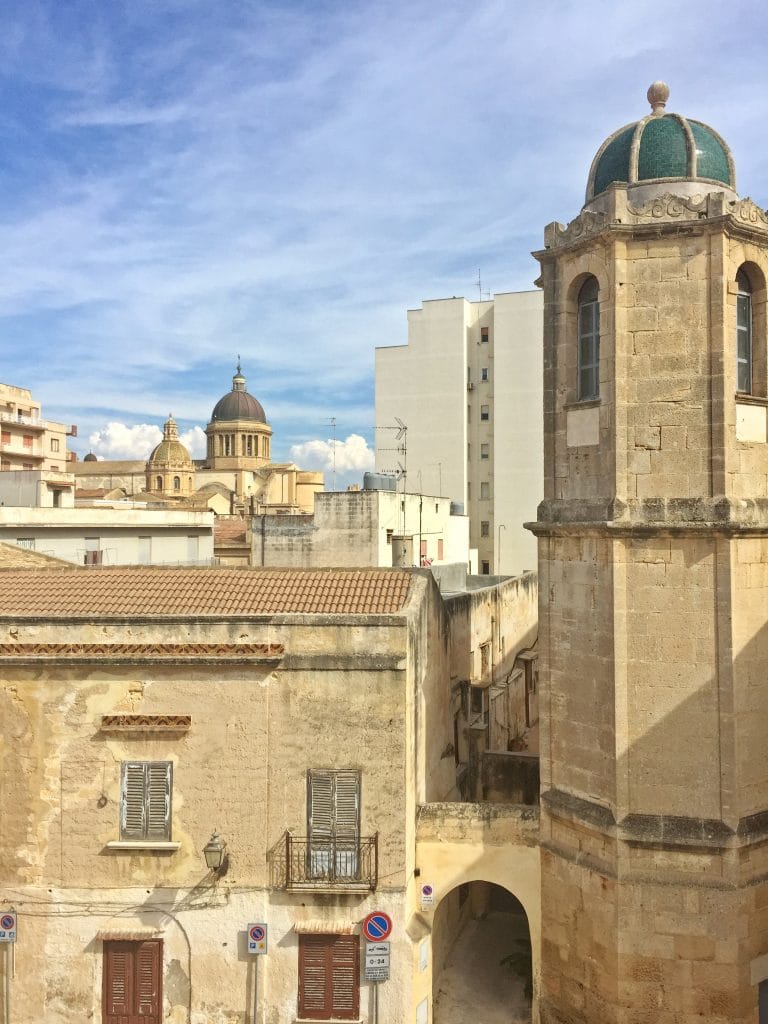
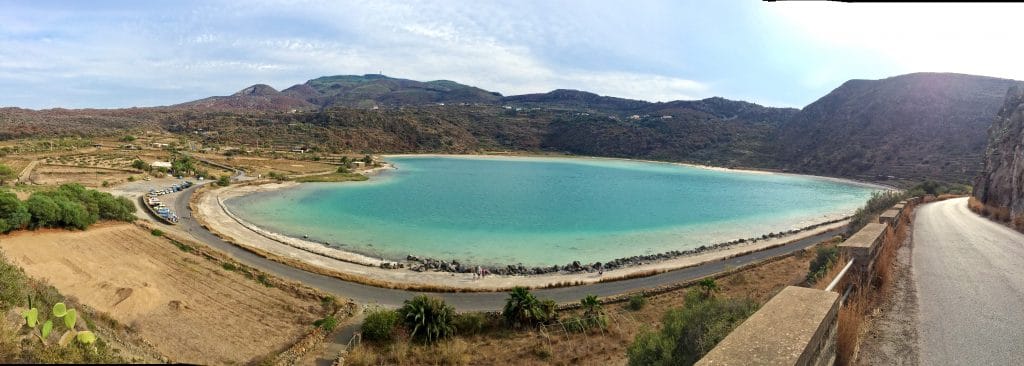
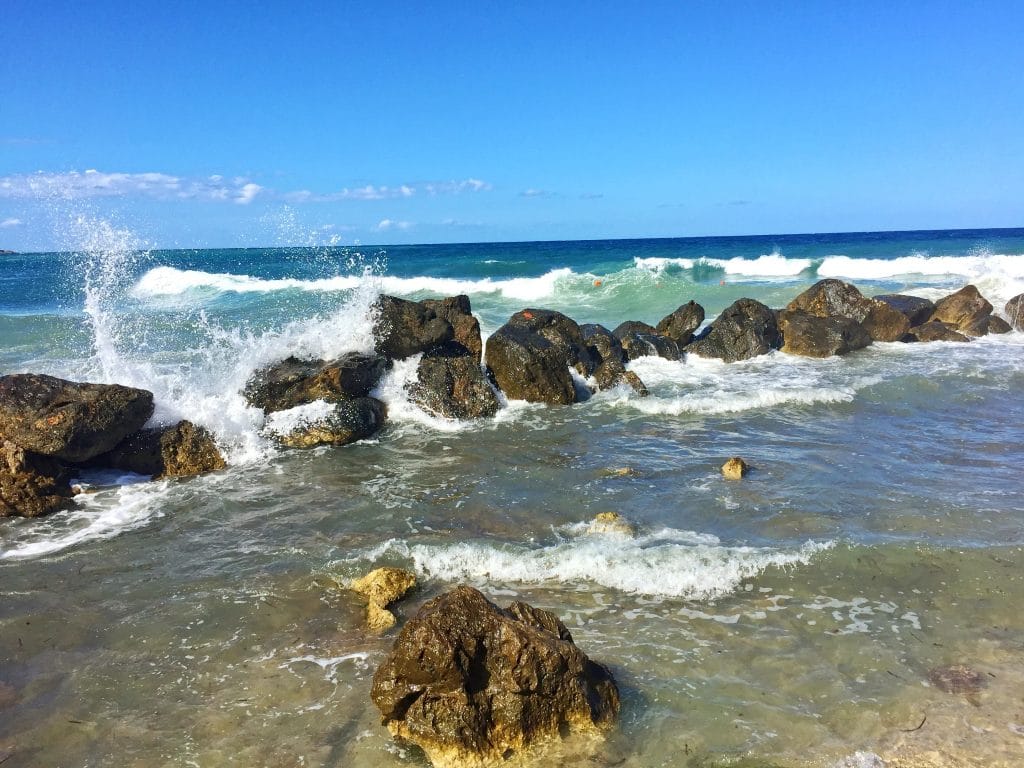
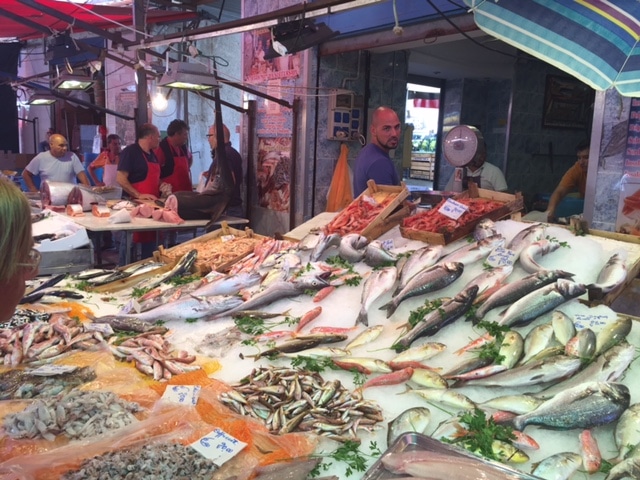
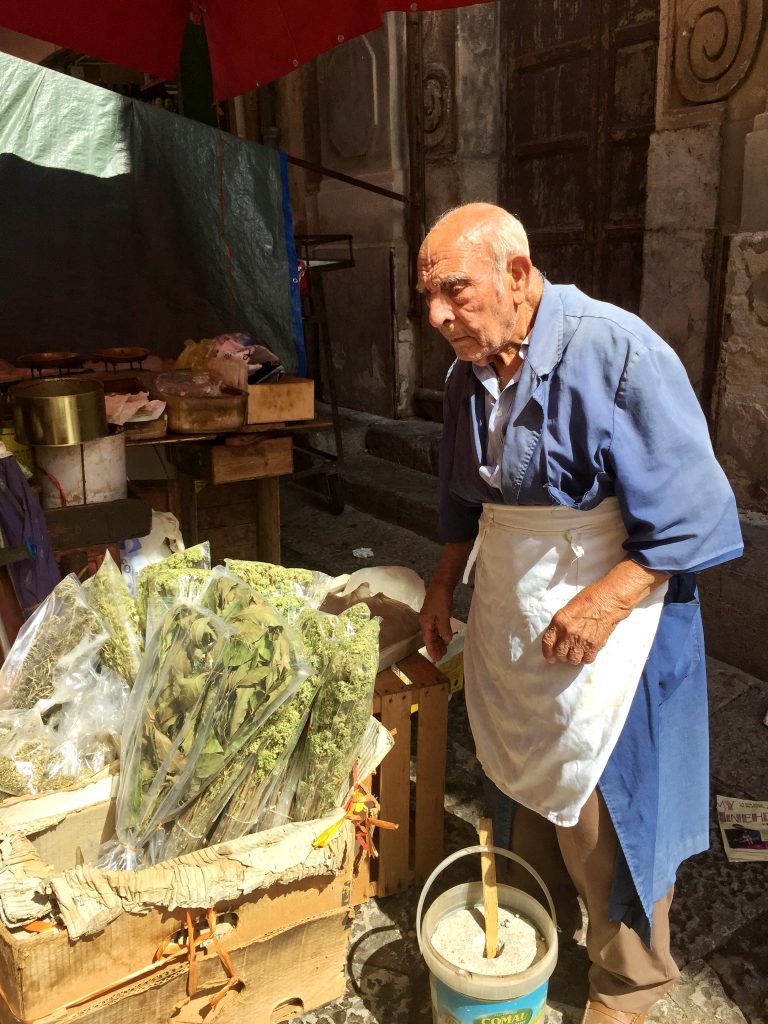
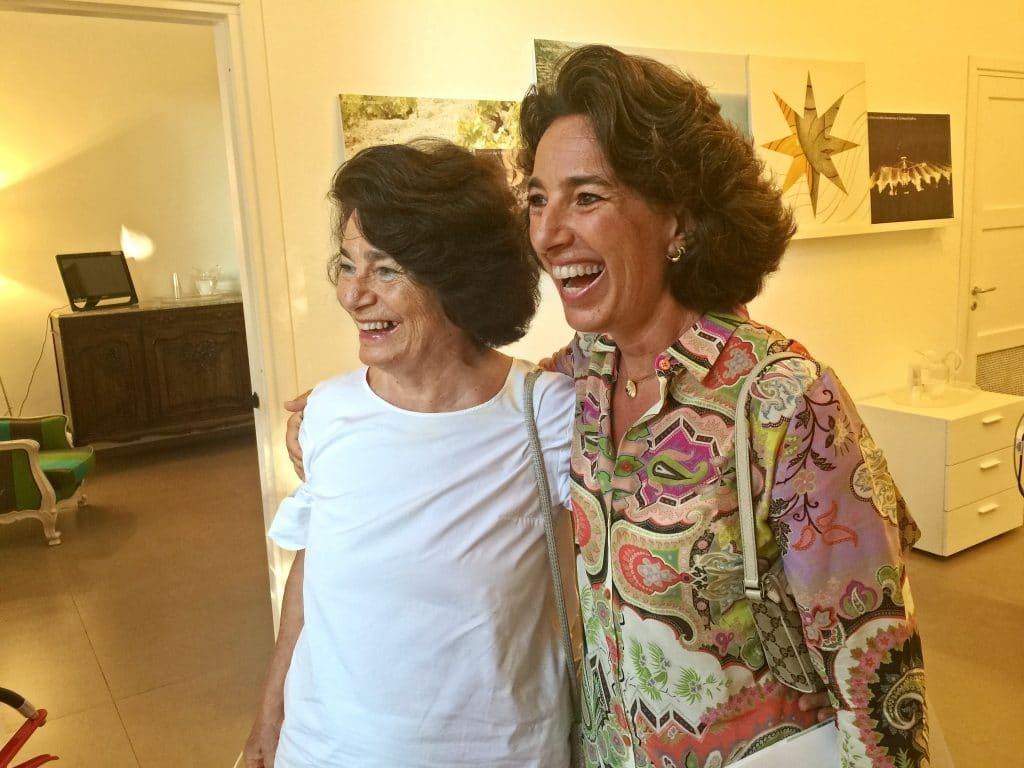
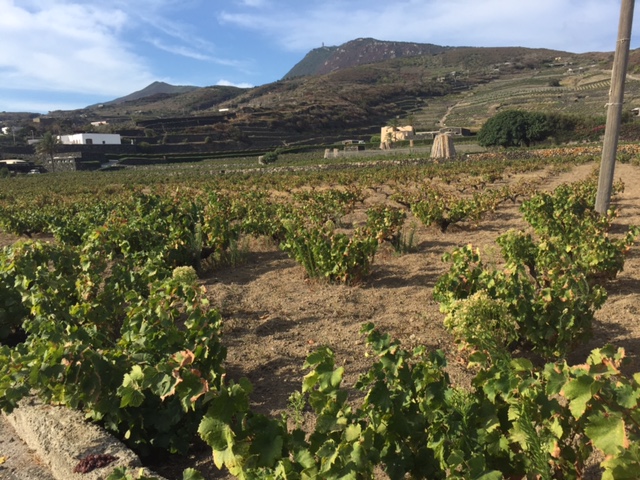

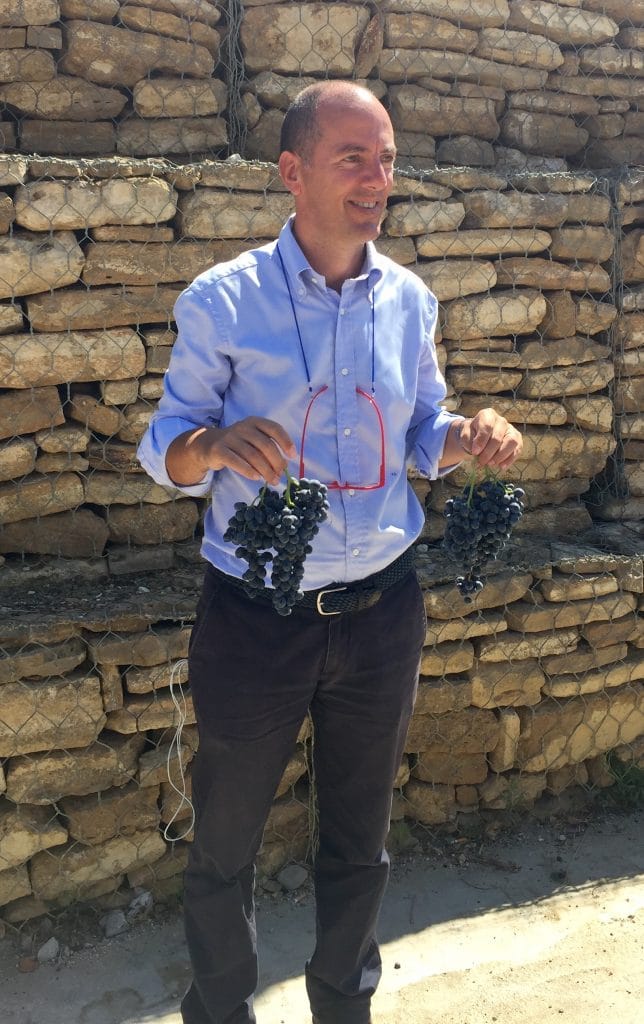
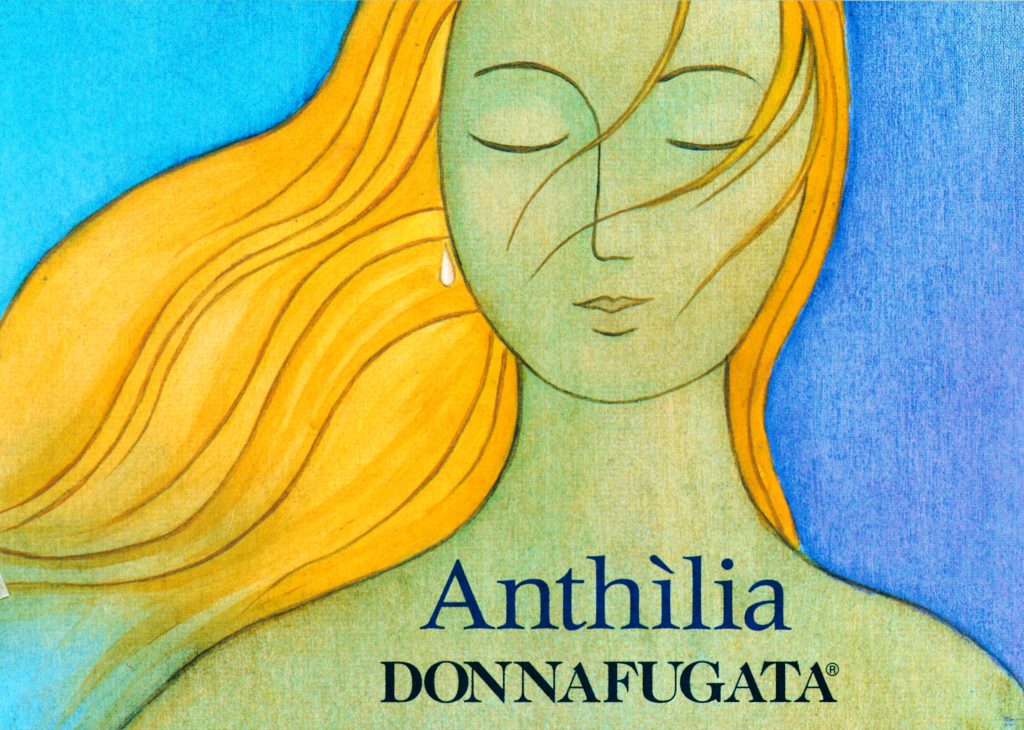

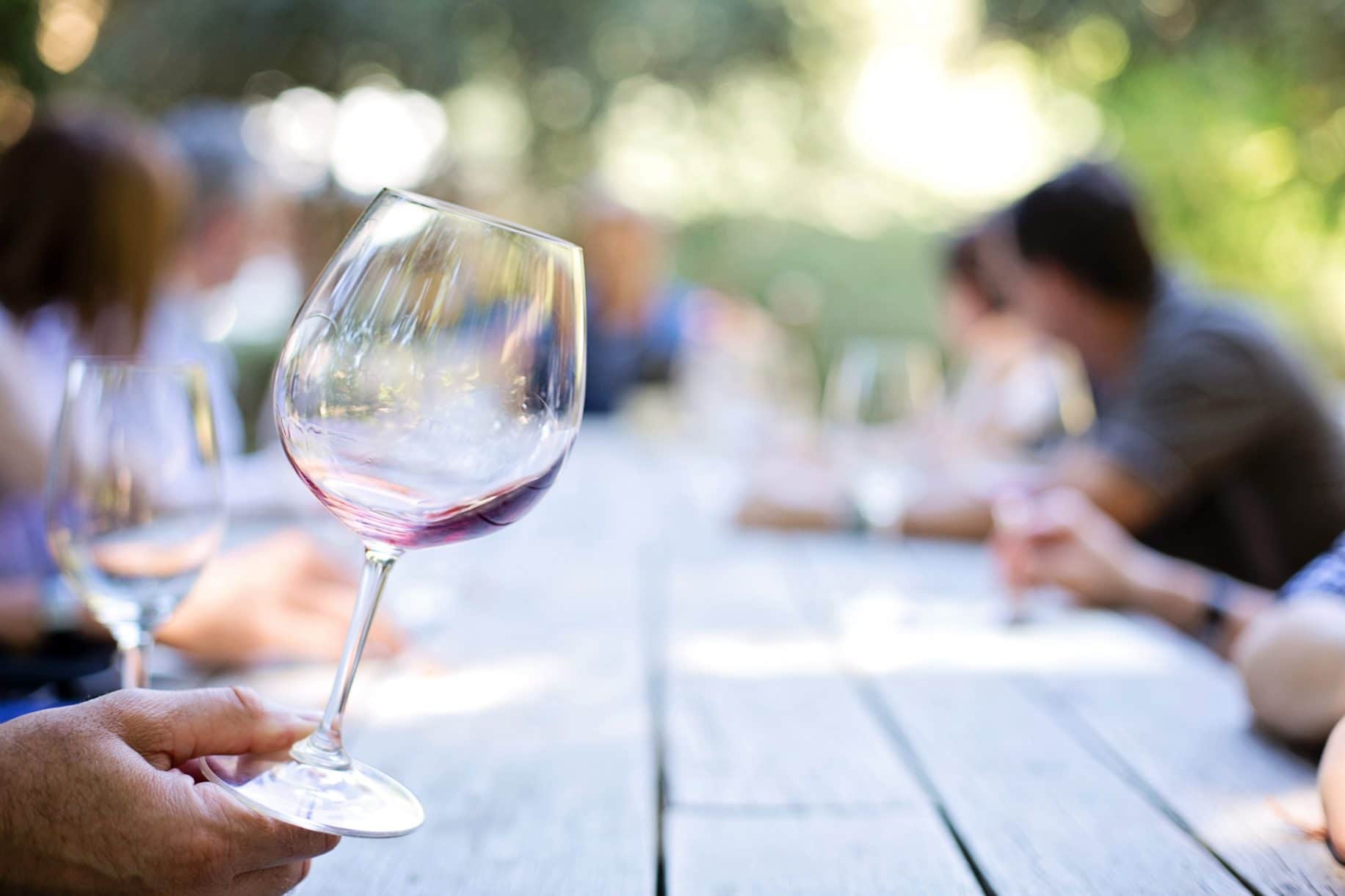

You must be logged in to post a comment.